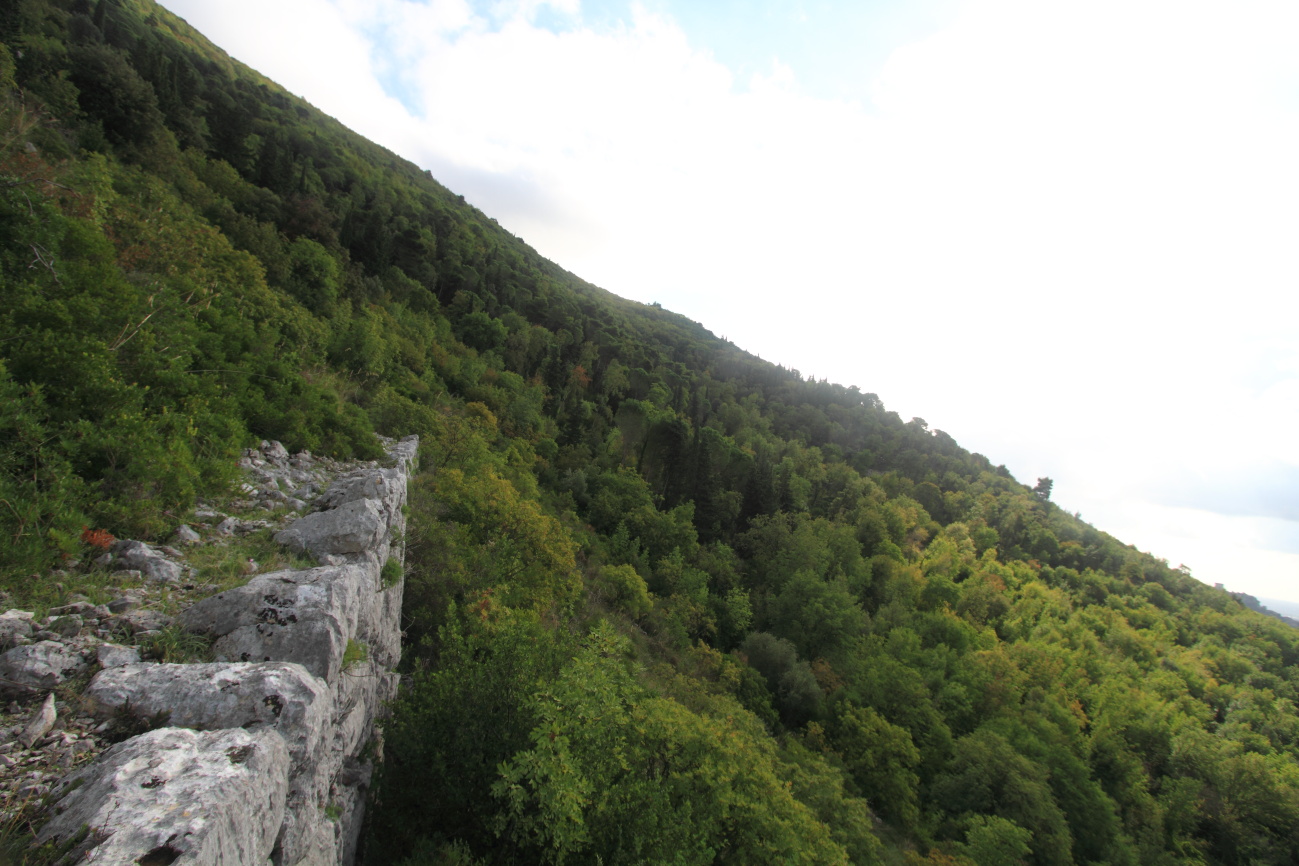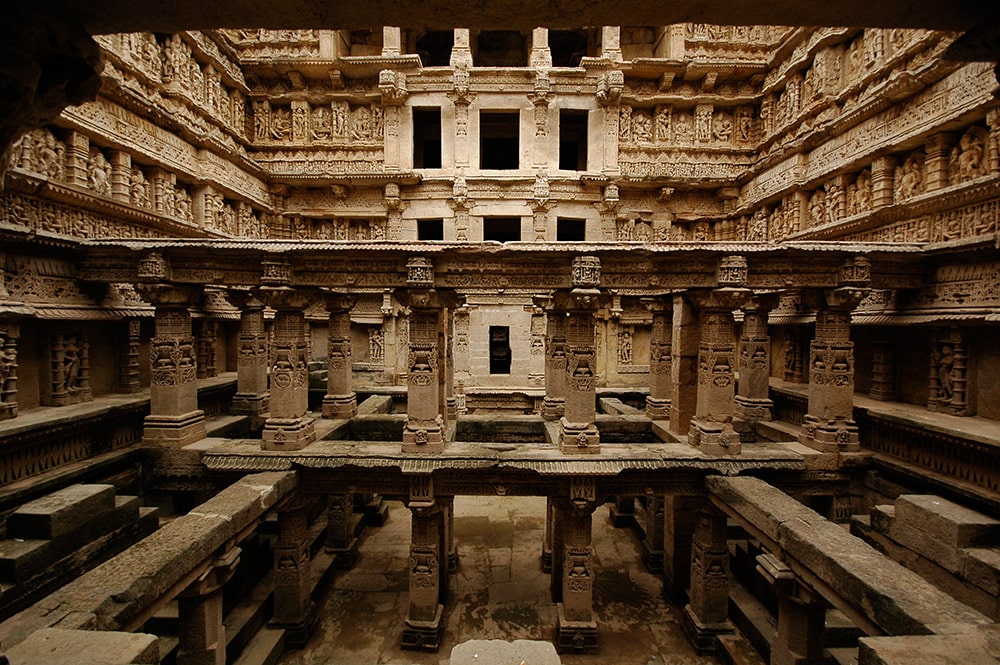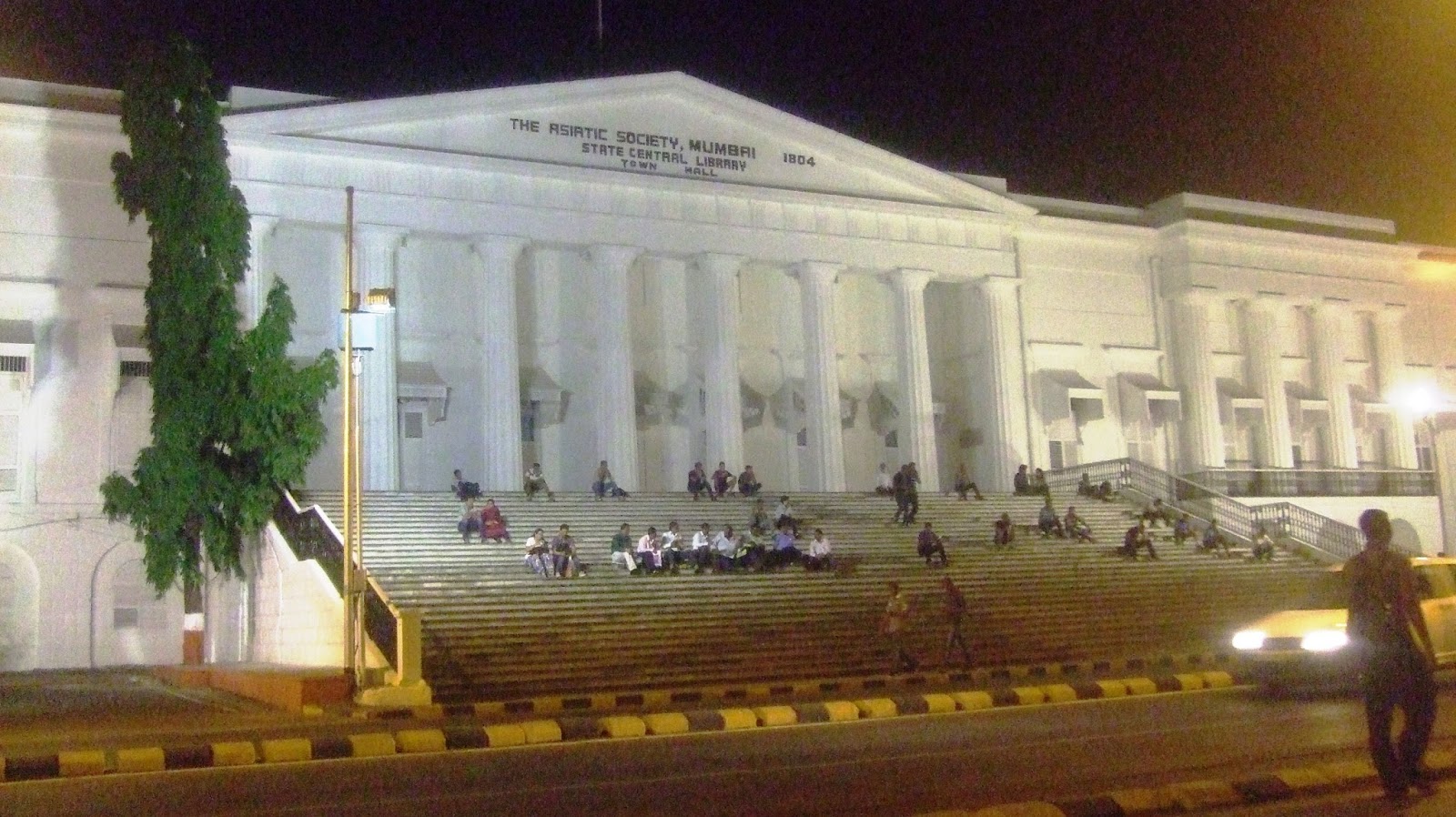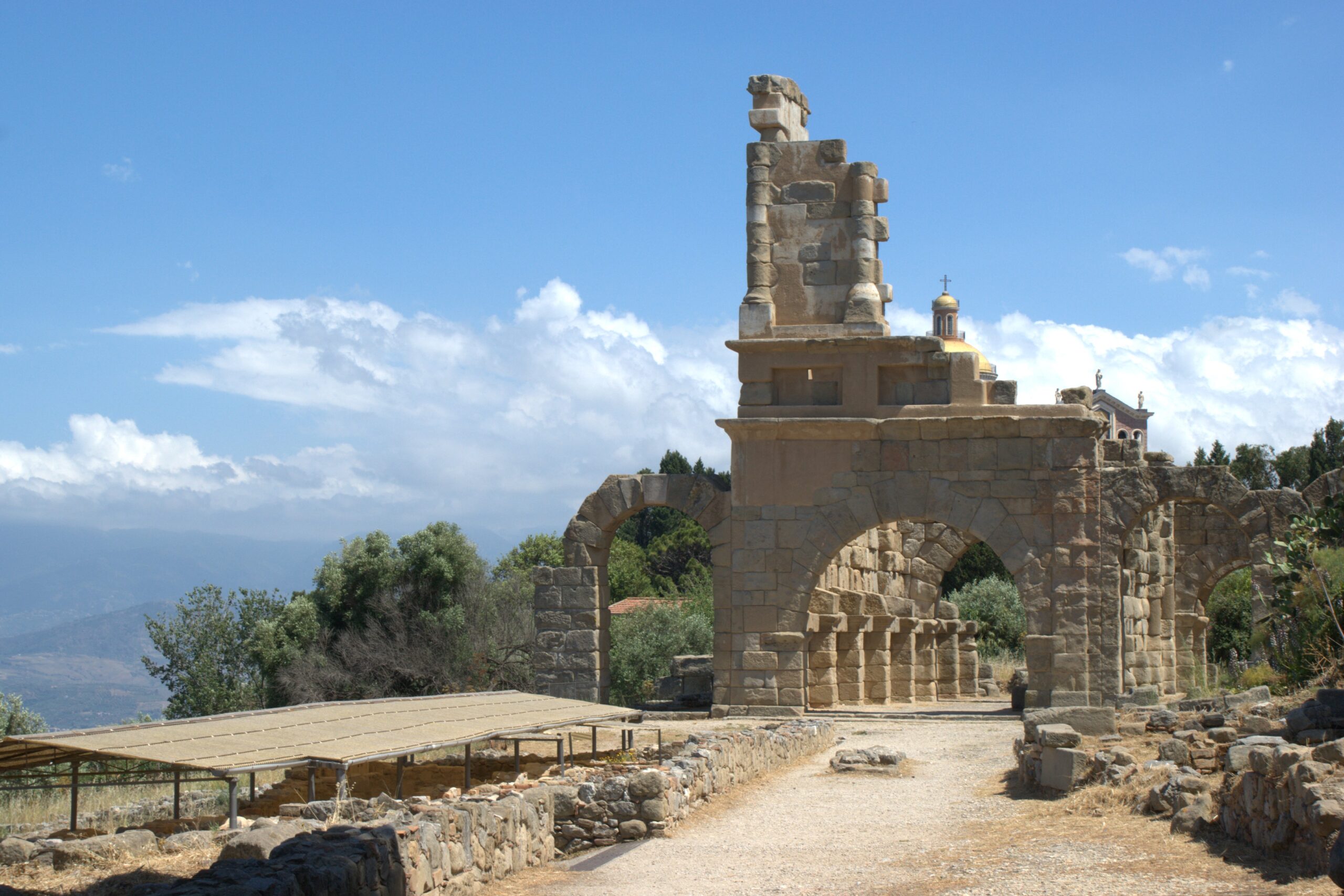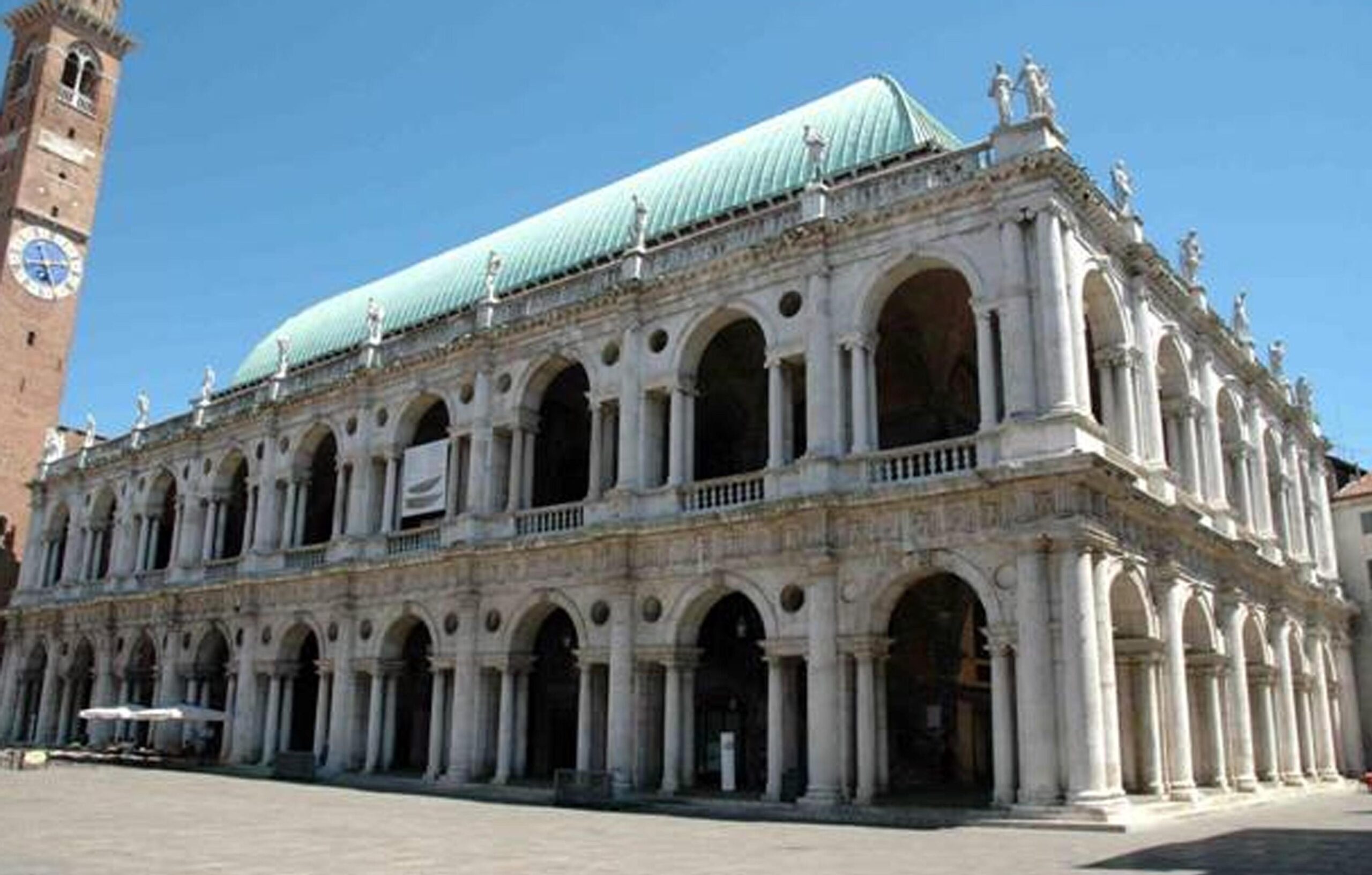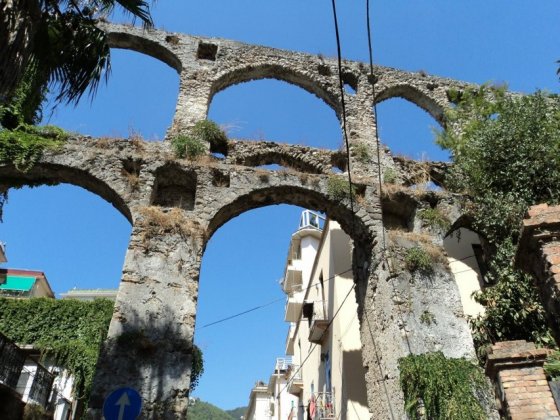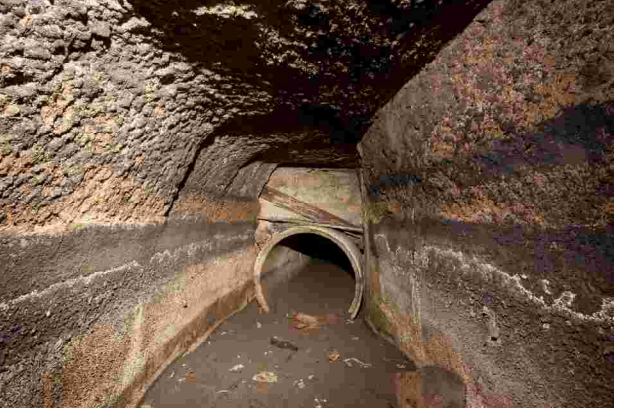ituated in the plain below present-day Sermoneta, on the eastern edge of the Pontine plain. The burial ground, identified in 1901 and consisting of at least four distinct cores of about a hundred tombs, was systematically excavated between 1902 and 1904 by Luigi Savignoni and Roberto Mengarelli at the behest of Luigi Pigorini, and later between 1994 and 1998 excavations were resumed by the Soprintendenza Archeologica per il Lazio. The entire complex can be dated between the 9th and early 6th centuries BC. Another group of burials was found during the research carried out on the slopes of Mount Carbolino, above the necropolis, where a series of terraces, considered to be the settlement related to the necropolis, are still visible today. A votive stipe was also found within the enclosure, characterized by the presence of miniature vases and bronze objects, including some female figurines in foil, generally believed to be representations of Mater Matuta.
The attendance of the cult seems limited to a local circuit and the type of offerings and objects fit into the cultural milieu of Latium vetus, and find affinities with the votive stipes of Campoverde and Satricum.
The Caracupa depositions, consisting of pits containing inhumations and in some cases incinerations, are characterized both by the presence of rich grave goods and by an articulated arrangement within different burial areas. Spatial analysis, the study of funerary ritual and the composition of grave goods are able to provide information on the organization and degree of complexity achieved by a community: the funerary customs of a given society can symbolically represent the attributes of the social identity maintained in life by each individual and recognized after death. Another aspect that can be recognized through the analysis of tomb complexes is the formation of a hierarchy within the Language groups, that is, the formation of a set of individuals who refer to a common ancestor by virtue of a unilineal rule of descent. The emergence of significant differentiations within lineages appears preliminary to a diversification of lineages with the consequent dissolution of previous forms of parental aggregation. As a consequence of these events, in our case from the end of the ninth century B.C.E. onward, a social organization of the gentile-client type emerges, where one or more family groups appear to control and manage resources, land holdings, and probably production relations and exchanges.
